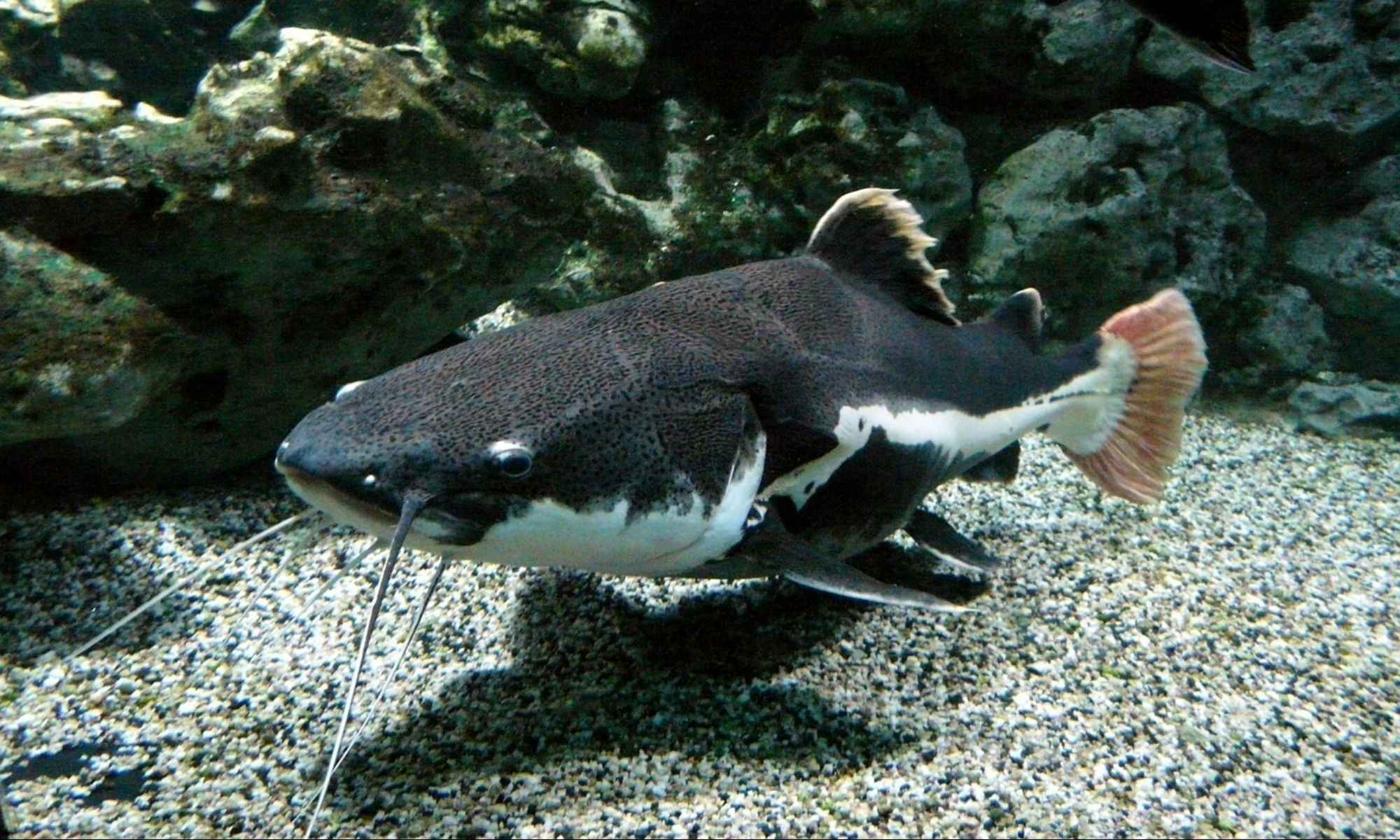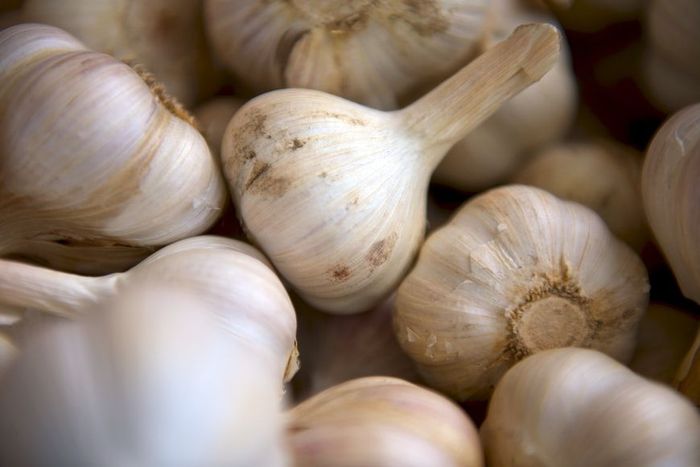Catfish Scents: 5 Important Things You Need to Know
The scent is essential when catching fish. Here's a good read to know the important things to consider when starting the catfishing journey.

The scent is essential when catching fish because fish have superior olfactory capabilities that help them look for food. Scenting lures is unnecessary, but it is of great advantage when angling. A highly smelly bait is desirable to all fish, but smelly lures are irresistible for catfish with over ten times more sensory receptors than other fish species.
A 2 to 3-pound channel catfish has over 140 sensory pads for smell, which gives them a powerful sense of smell—so powerful that they can map their surroundings, identify an area’s terrain and detect food from a lengthy distance. Catfish use their scent receptors to detect compounds in the environment that indicate the presence of other aquatic life and prey. These receptors also act as tools for catfish to navigate, especially during the night when it is dark or in unfamiliar waters. They operate these sensitive olfactory folds to look for prey, on top of taste buds covering their entire body, focusing on their barbels.
The vigorous olfaction of these whiskered fish is something that anglers use to their advantage when catfishing. As known to experienced anglers, catfish are not selective in their diet. They are opportunistic feeders that can snag anything from a lifeless artificial jig to squirmy bluegill. But it does not mean that there is no challenge to catching them. This is where scenting their bait will come into play.

Experienced and concentrated catfishers might have already figured smelly things out, as they do trial and error on what works for catfish. But for beginners, here are five important things to consider when starting the catfishing journey:
1. Maximize the Scent

Scenting bait is essential when catfishing, so stink baits have been popular. The smellier, the better, but it does not always have to be unpleasant. While it is false that catfish bait needs to smell horrible or nasty, it is a fact that enough foul smell can potentially be attractive to them. Their receptors are inclined to strong odor, but not just bad ones. Whether rancid or fresh, catfish would find them intriguing if a particular aroma is compelling.
Maximizing the scent of a bait increases the chances of a catfish bite. Doing so can be in the form of many ways such as:
- Fermenting of ingredients - fermentation will create chemical changes and allow ingredients to give out the most putrid of smells. The combination of ingredients will also be a factor in the resulting odor.
- Marinating with spices - wet ingredients with various spices add flavor and scent to a bait mixture. Pickling and bringing may also do the trick.
- Ripening of scents - give it time and let the odors mature to do their thing. When scents ripen, they can give out a unique stench.
2. Consider Amino Acids
Amino acid molecules incredibly draw catfish. Their receptors are intensely sensitive and alert to amino acids. Naturally, catfish will swim toward waters rich in alanine, amino acids used to make proteins. Amino acids are even essential in feeding catfish. For example, lysine, an amino acid supplement, is used in making catfish feeds. Blood contains these molecules, so some include beef blood in the bait mixture. Beef blood is high in valine, leucine, and lysine, all of which attract even big flathead catfish. These flatheads love cut bait, so coating cut bait in a smelly mixture is a notable thing to do.
3. Experiment on Food Ingredients
Do not be scared of blending and mixing raw or cooked ingredients to form inviting odors. Discovering a new scent might seem daunting, but it is not as time-consuming as one would think. Going to the grocery store to get food and create a concoction of aroma can be a wholesome, if not a therapeutic experience. Surprisingly, fragrant plants in the neighborhood can be used to make an aromatic lure. Sometimes, the most unexpected scents turn a blue catfish bite into a catch.
Using imagination will make the experiment a trial and error. It will not guarantee a permanent bait that will bag all kinds of catfish since their activities in different places play a factor, but each new bait will always be worth the try. Getting advice or recommendations from other anglers is helpful, and combining all those might be the next successful catfish bait.

Be creative in choosing your ingredients when making a bait, but these are some that are commonly found even at home: garlic, anise oil, hotdogs, onion, cheese, chicken liver, shrimp, and pork or beef jerky.
Some unusual but effective and considerably smelly ingredients that can be used as a base or included in the mixture for fermentation are Spam, Liquor, Kool-Aid, Soup base, Corn.
4. Add Artificial Scent Enhancers
There are many scent enhancers available in the market nowadays. For example, depending on its kind, scent sprays can either boost a scent to make it smellier or coat a smell to make the odor last longer. Scent sprays offer olfactory stimulants for fish, and some focused on catfish are readily available in stores.
There are scented gelatin used to mold and solidify a mixture of ingredients. Strong pleasant scents like strawberries, cherries, and other fruits can also be remarkably effective. Pre-scented products can also be added to invent a different kind of smell. Mixtures may be held together through dip bait or sponge bait. Anglers might want to note that dip bait has a scent for more extended periods than sponge bait.
5. Scout the Area
Catfish activities and movements differ from one water body to another. This can affect their choices when it comes to biting on a lure. One scent might work on one water body and not on another, especially from a longer distance. Freshwater or saltwater and stagnant or free-flowing are also details to give importance. See what works in each area and enhance as needed.




